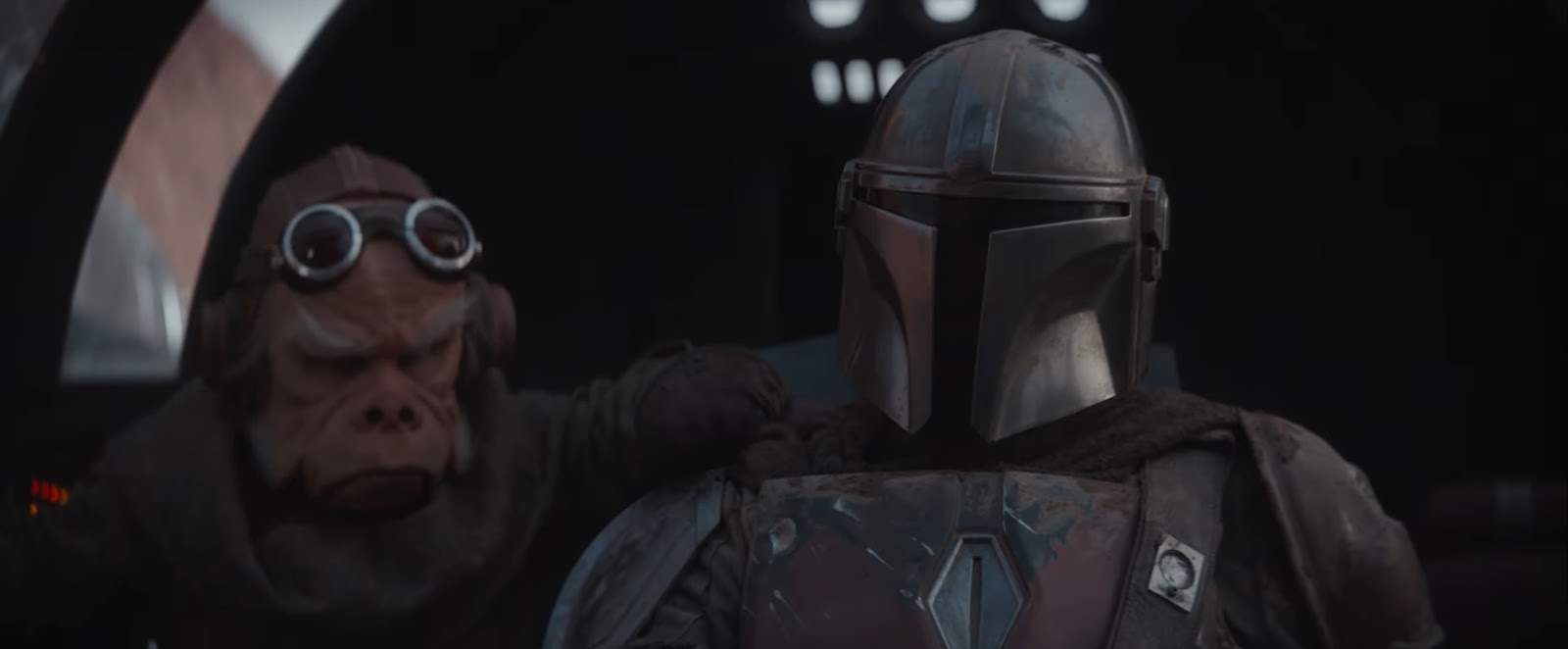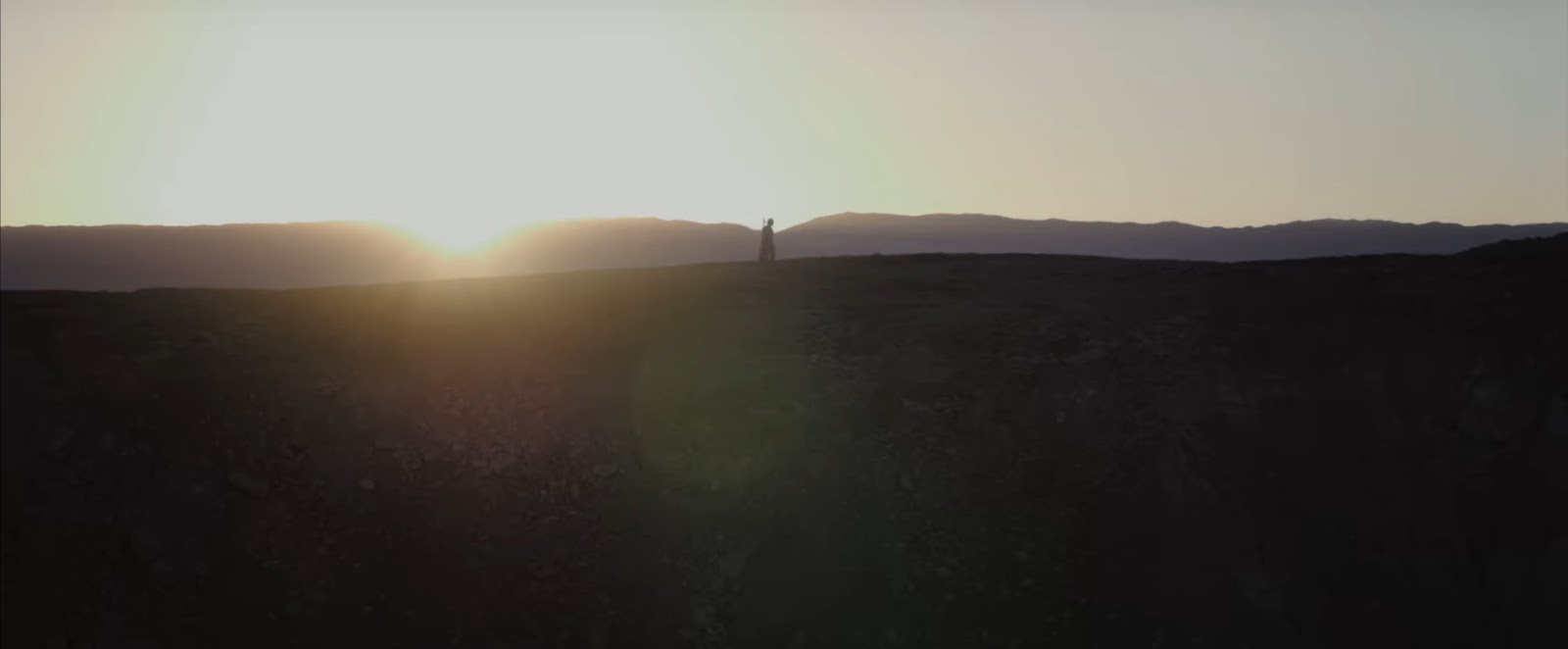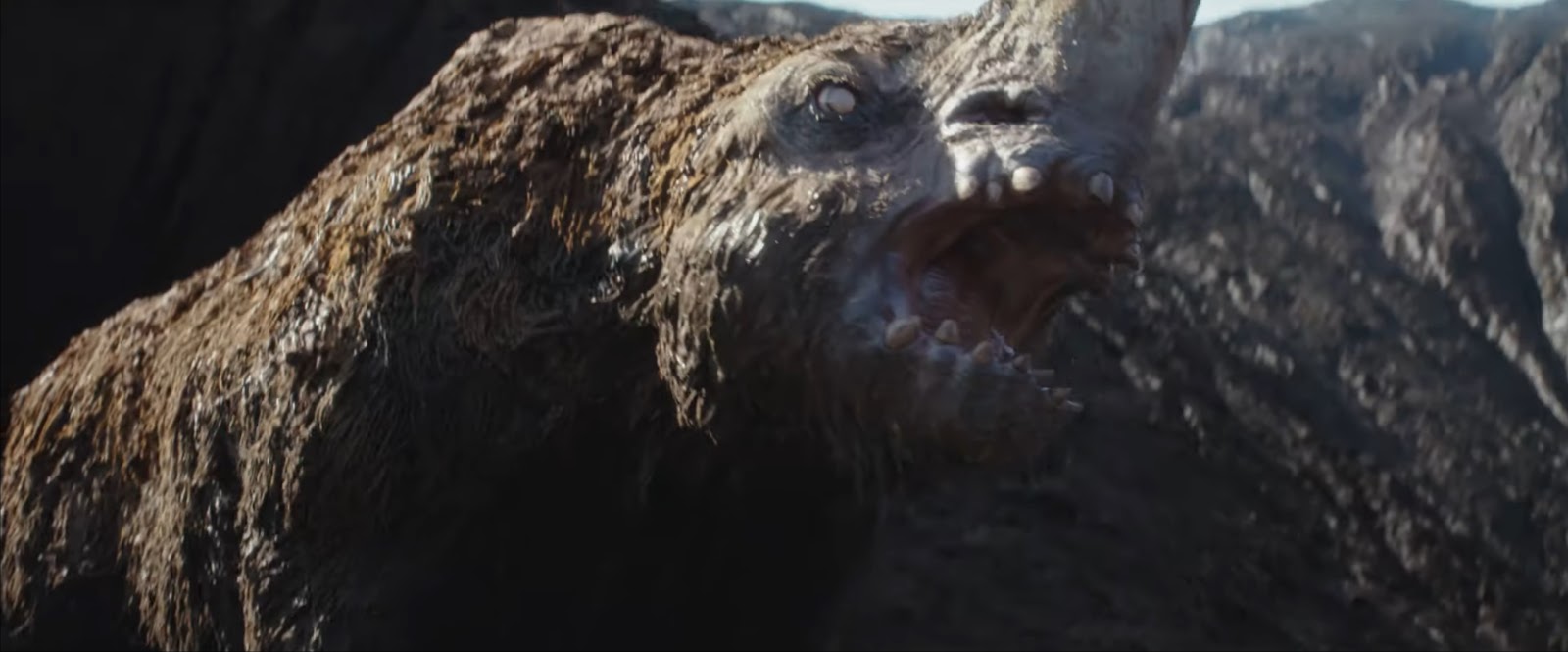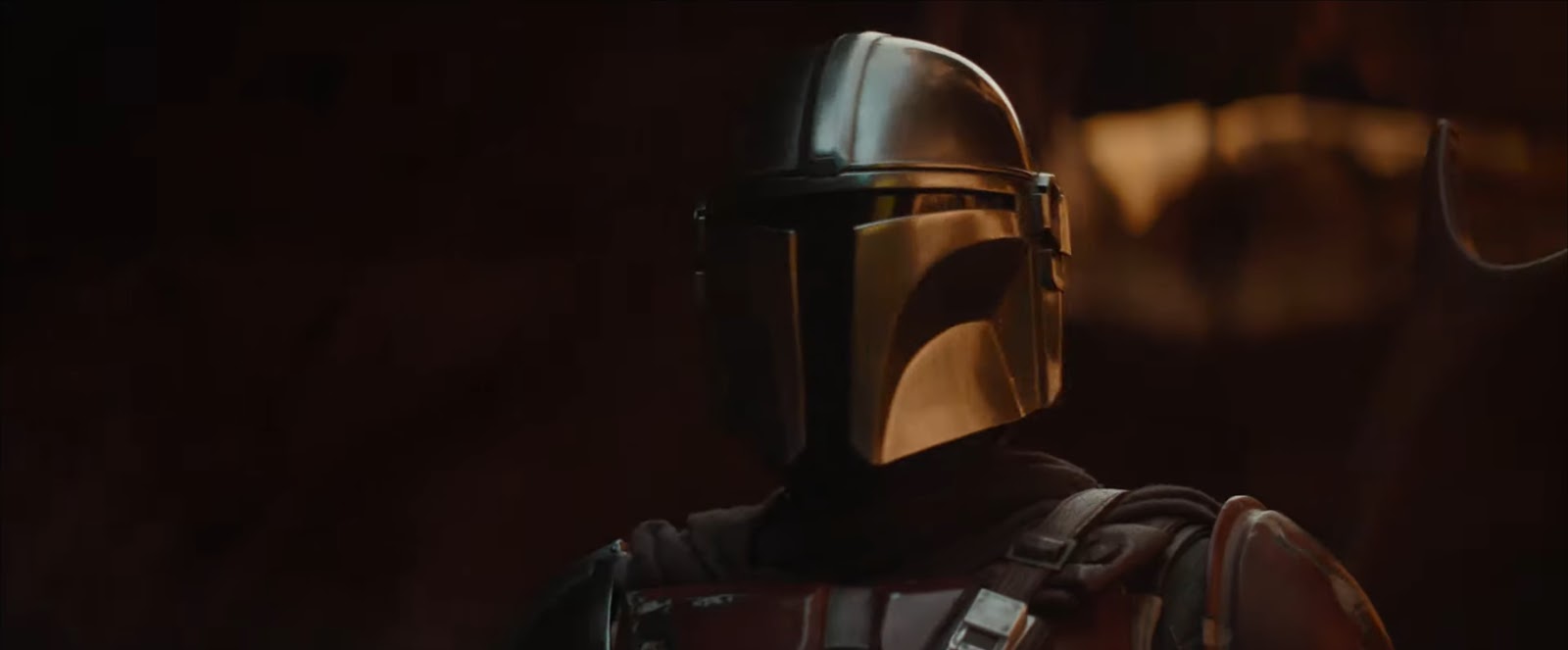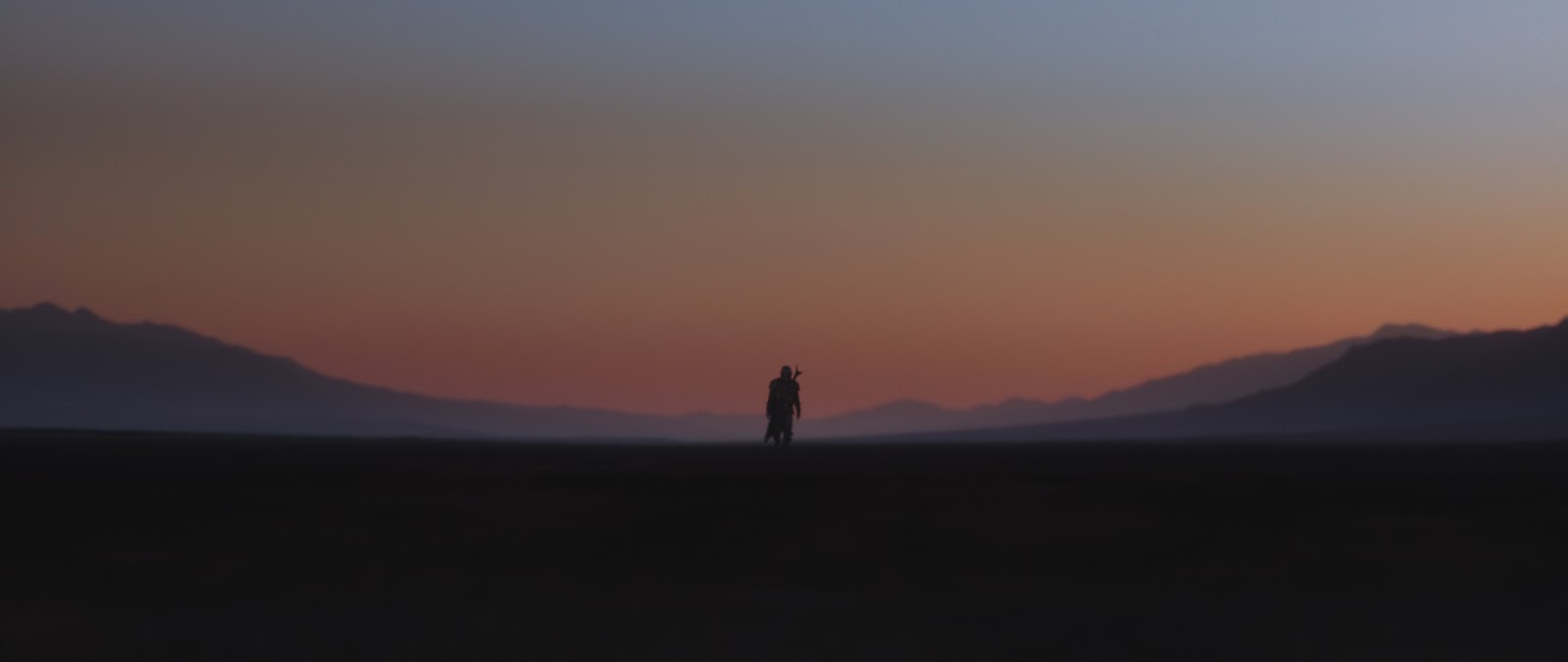It’s no secret that Japanese samurai films of the 1950s, 60s, and 70s were heavily influenced by the American Western. And the Western was influenced right back, with movies like John Sturges’ The Magnificent Seven being directly inspired by Akira Kurosawa’s Seven Samurai, among other examples. Then in 1977, George Lucas smashed both of those cinematic genres together, threw in a generous helping of Buck Rogers, and called it Star Wars.
Now, forty some-odd years after that, The Mandalorian series creator Jon Favreau has returned to those Western and samurai-movie roots to breathe a new kind of life into the Star Wars franchise… one that doesn’t just repeat the exact same tropes of a rebel faction going up against a totalitarian regime (though echoes of those conflicts do continue to reverberate throughout). But the big surprise of The Mandalorian is which specific samurai tale it takes the most inspiration from: a character dynamic that didn’t rear its tiny little green head until the very end of the first episode. Yeah, this show is basically Lone Wolf and Cub in outer space, and after the jaw-dropping reveal from the last shots of the premiere, its second chapter (subtitled “The Child”) leans into that particular influence hard.
Lone Wolf and Cub (based on a 1970 Japanese manga of the same name) is a series of films focused on a wandering assassin whose three-year-old son accompanies him on his journeys, seeking revenge on the clan whose false accusations forced him into exile. And The Mandalorian, as expanded upon in Chapter 2, is the tale of a lone bounty hunter (Pedro Pascal) tasked with delivering “The Asset”– a mysterious, familiar-looking infant– to a nefarious client who doesn’t appear at all in this second episode. Instead, the title character finds himself marooned with his newly acquired target on an unnamed planet (which admittedly more than resembles Tatooine) after his ship is dismantled by local scavengers.
In a rollicking, surprisingly violent action setpiece, the Mandalorian pursues the aliens who stole his ship’s parts (note that I’m avoiding using specific proper names here in an attempt to preserve as many spoilers as I can) but gives up after being bested by their sheer numbers. He then falls back to once again seeking assistance from the Ugnaught settler (voiced by Nick Nolte) who helped him find his way in the previous installment. At that point our antihero is sent on a fetch quest that puts him in yet another life-threatening situation with the ultimate goal of getting off this desert world and back to the job at hand.
There are surprises along the way, but mostly this episode contains a very straightforward narrative, with the main character overcoming various obstacles while moving toward a clear objective. One might call this portion of the story the “Road of Trials,” if one were inclined to break down The Mandalorian into the traditional Campbellian Hero’s Journey monomyth template. Literary analysis aside, this half-hour (these episodes are regrettably turning out to be a bit shorter that I would have expected or hoped, though their brisk pacing undeniably works) is overflowing with both white-knuckle action and significant character moments, and it was great to see Nolte’s character Kuiil back for more gruff-but-generous support in the Mandalorian’s adventures.
I don’t want to say too much more about specific plot details, but I do want to congratulate Favreau as writer and director Rick Famuyiwa (Dope) on not surrendering to the appeal of making the protagonist too likeable right off the bat, even after he has come into possession of his irresistible new sidekick (not the Ugnaught, the other one). This episode makes it clear pretty much right off the bat that the Mandalorian is still a ruthless killer who will stop at nothing to collect his sought-after rewards. Some of those moments can be a little jarring in their offhand cruelty, but like Han Solo shooting Greedo first in the original cut of Star Wars, it’s absolutely necessary to make this character morally ambiguous before he can– I assume– later transform into a good guy.
With two episodes now under its belt, The Mandalorian has established itself as willing to take exciting chances while existing in a previously established living, breathing fictional universe. “Chapter 2 – The Child” further cements that welcome approach and upholds the high quality production value of its predecessor, which is everything I could have asked for as it moves forward through this already immensely gratifying first season. I have spoken.
“The Mandalorian – Chapter 2: The Child” is available now on Disney+.

